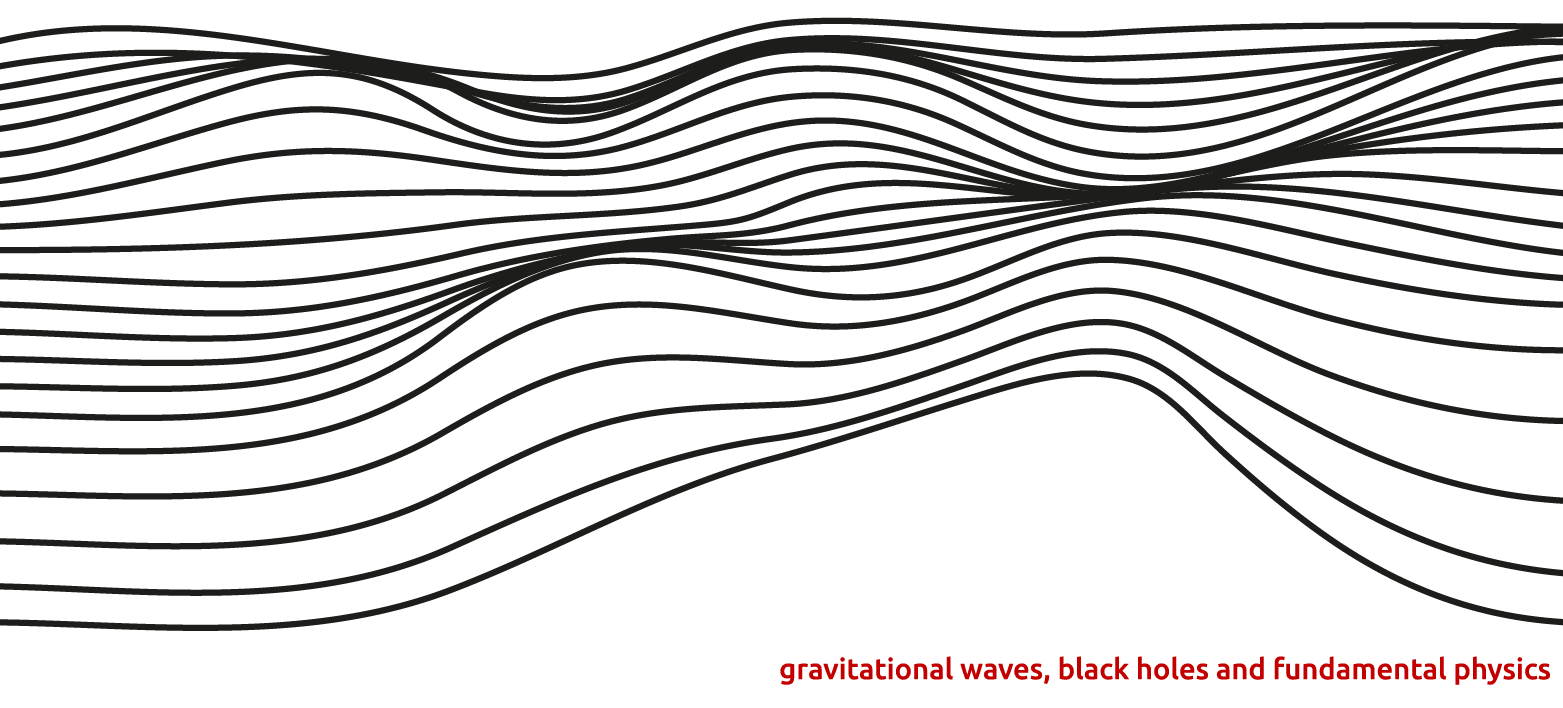
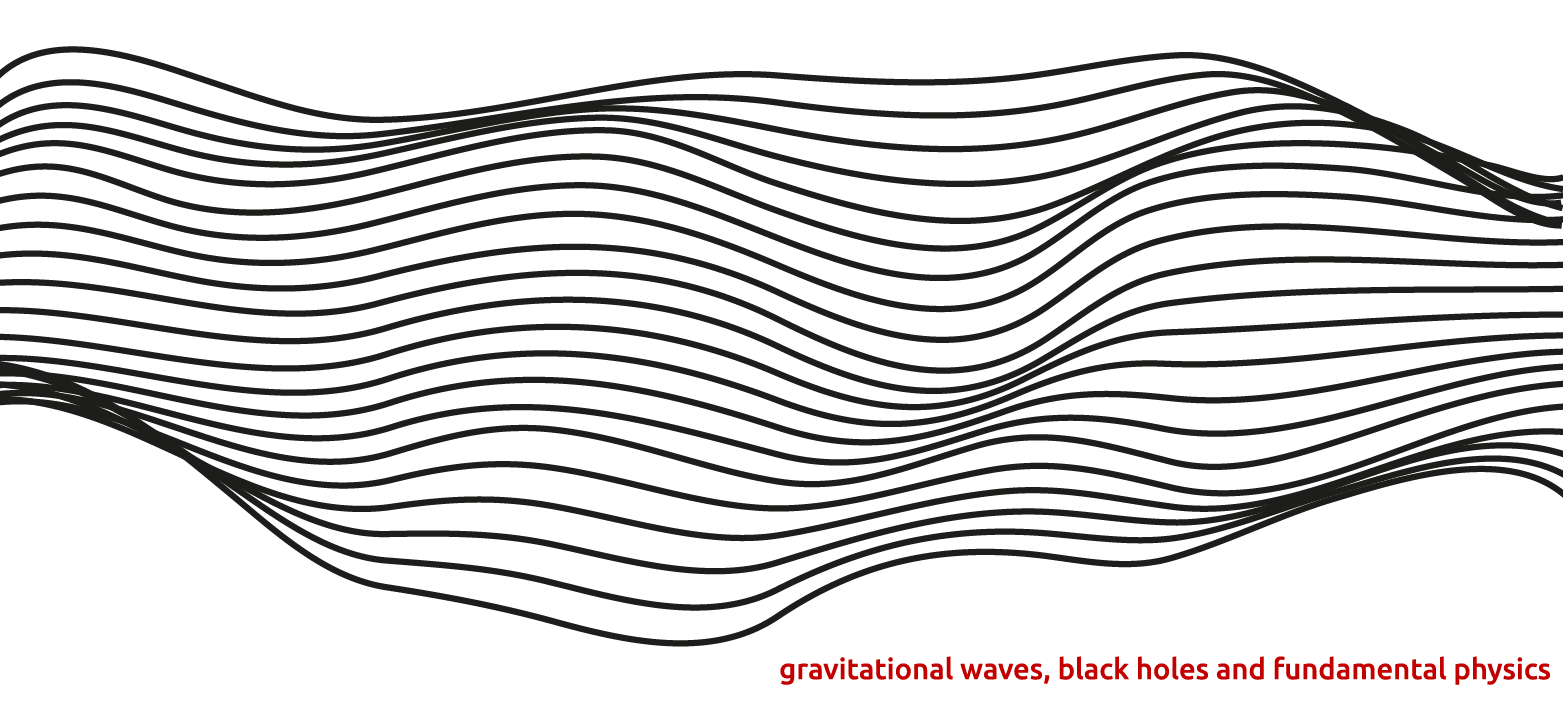
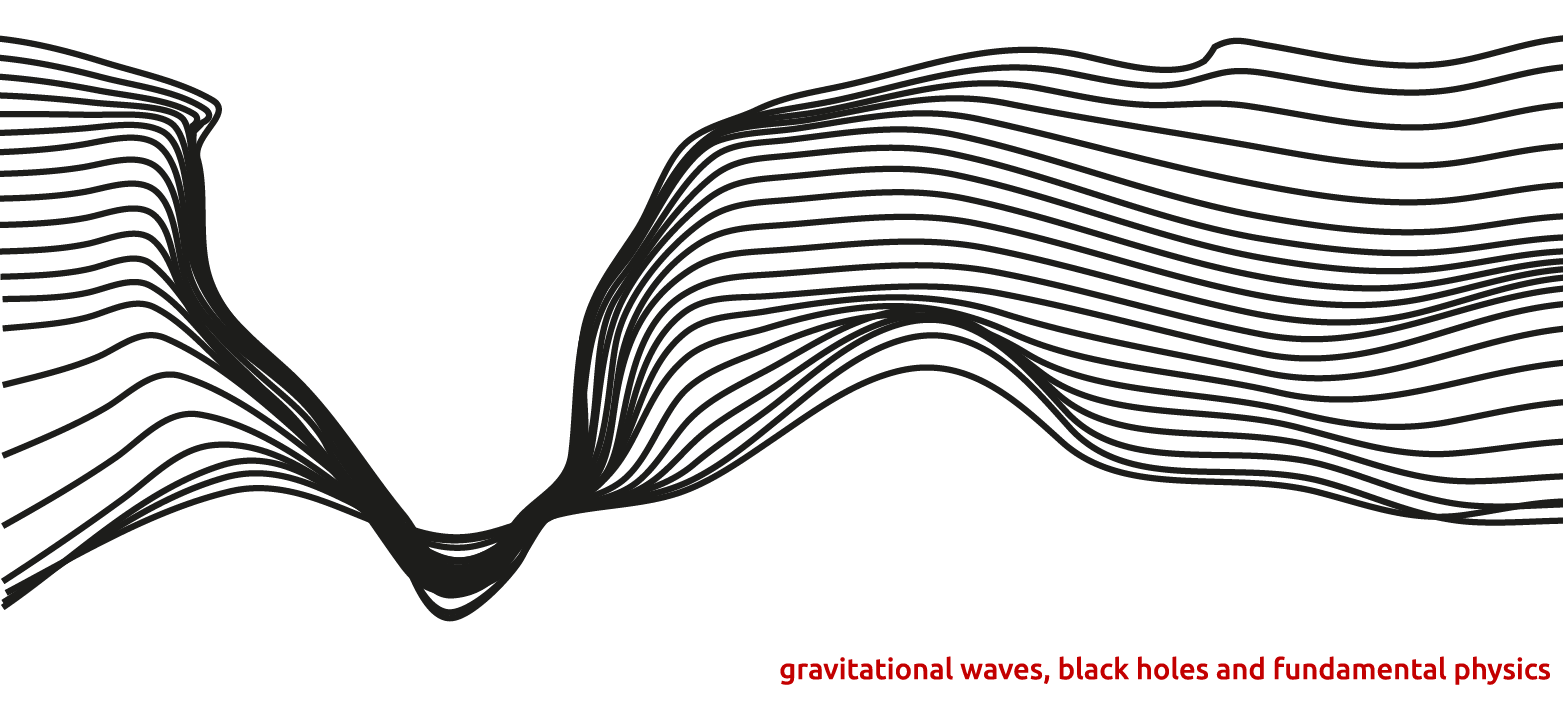
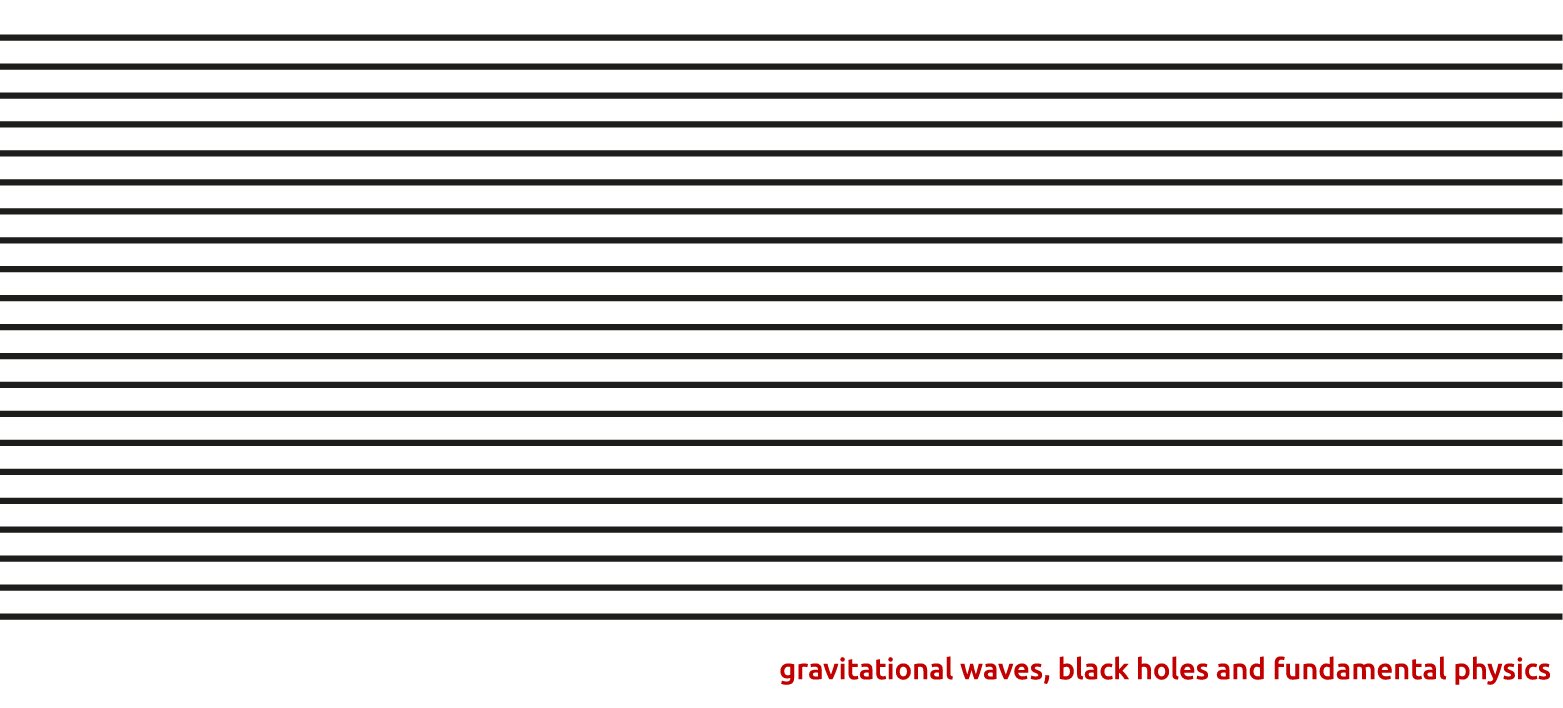

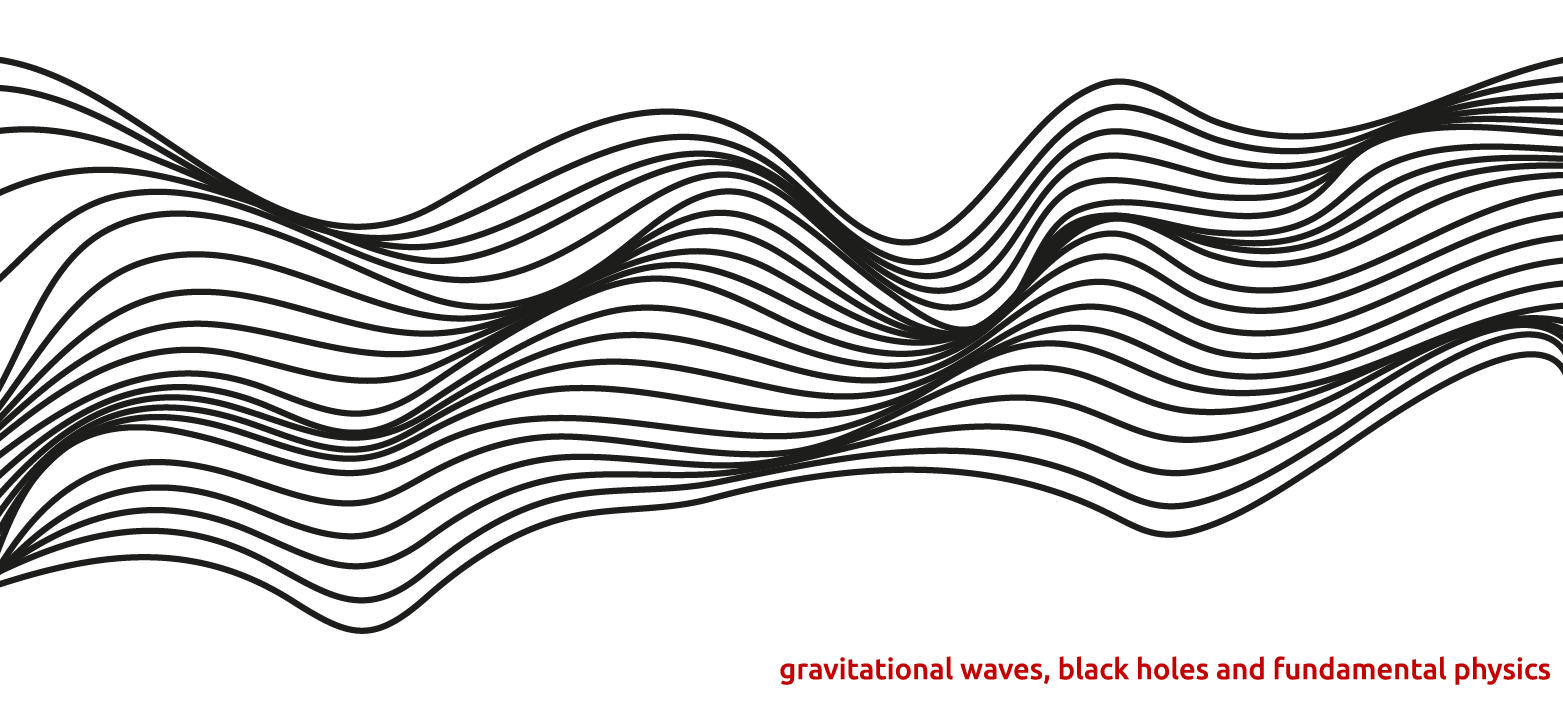
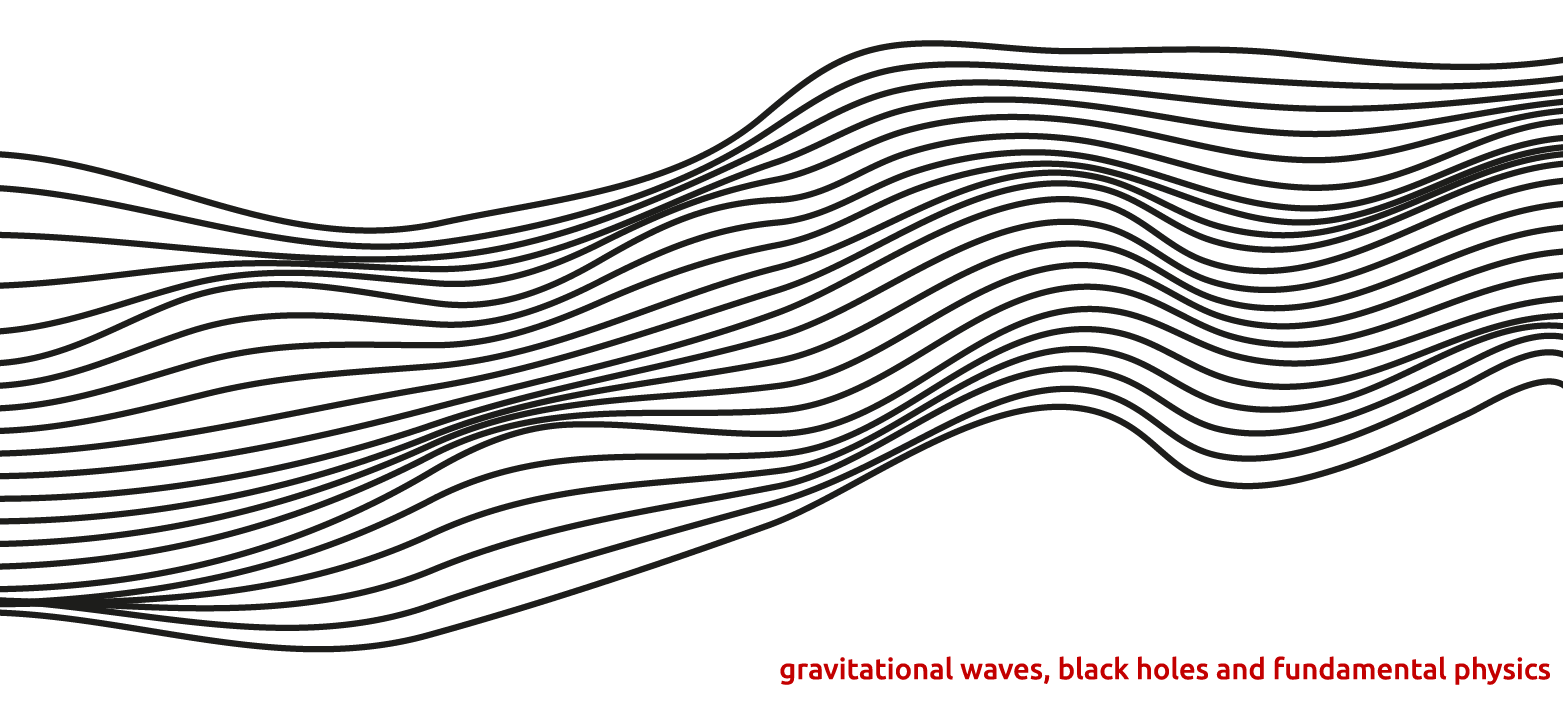
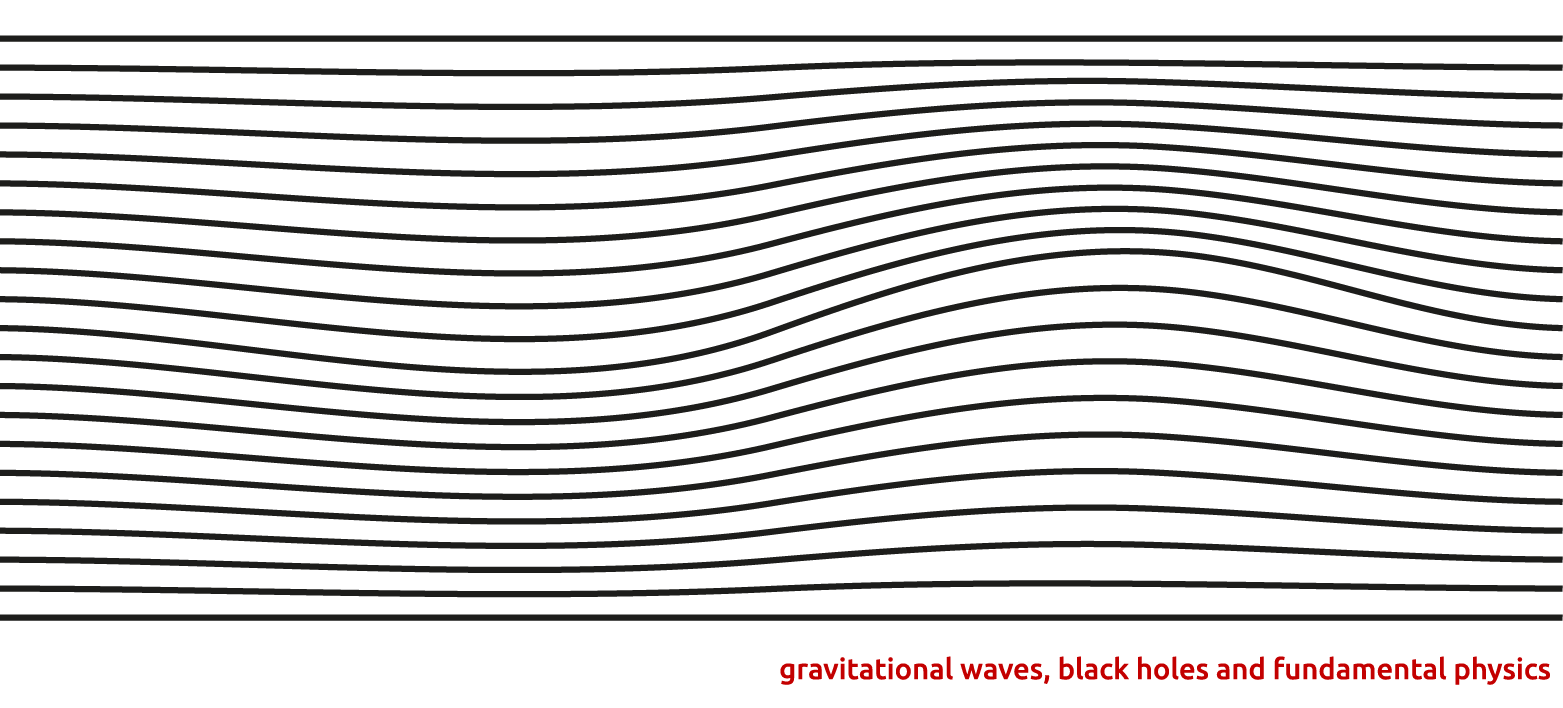
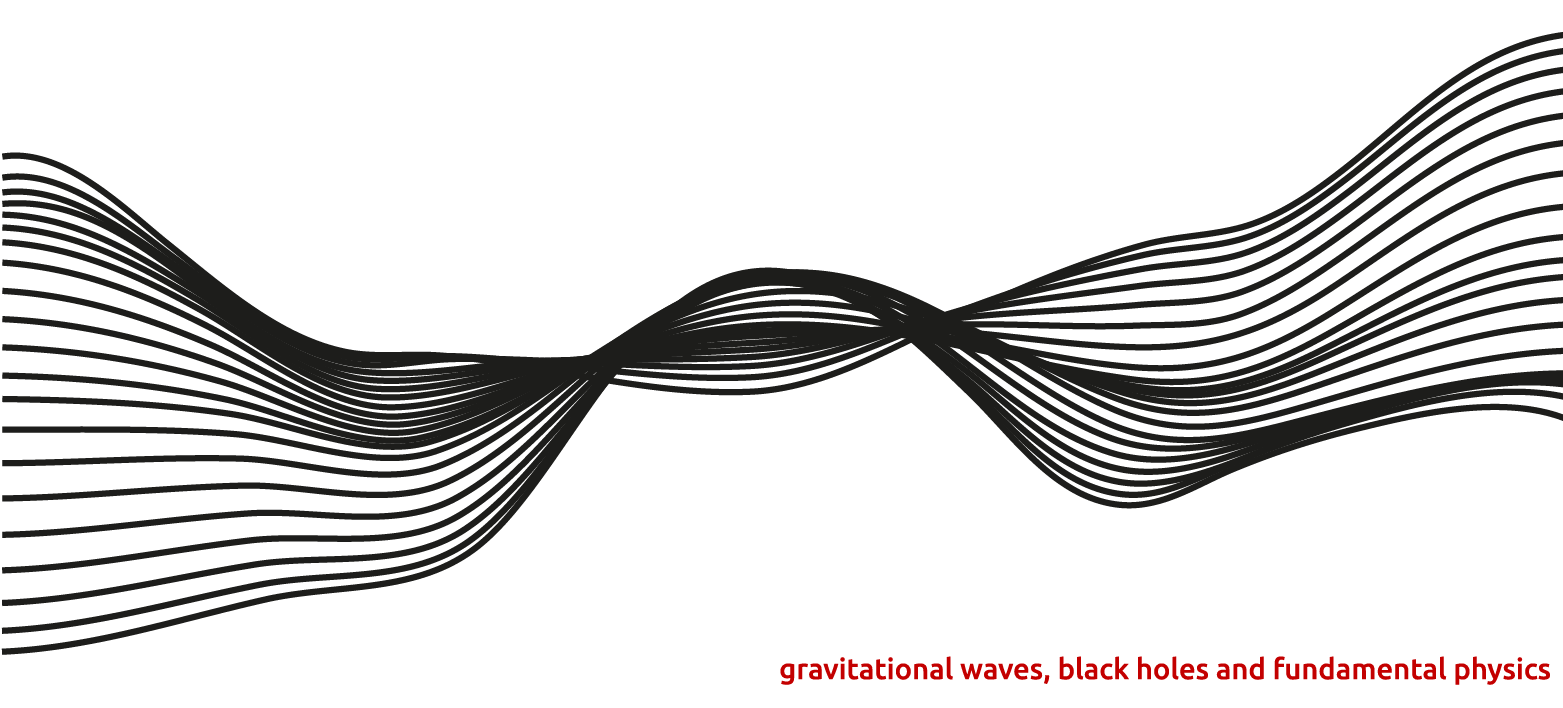

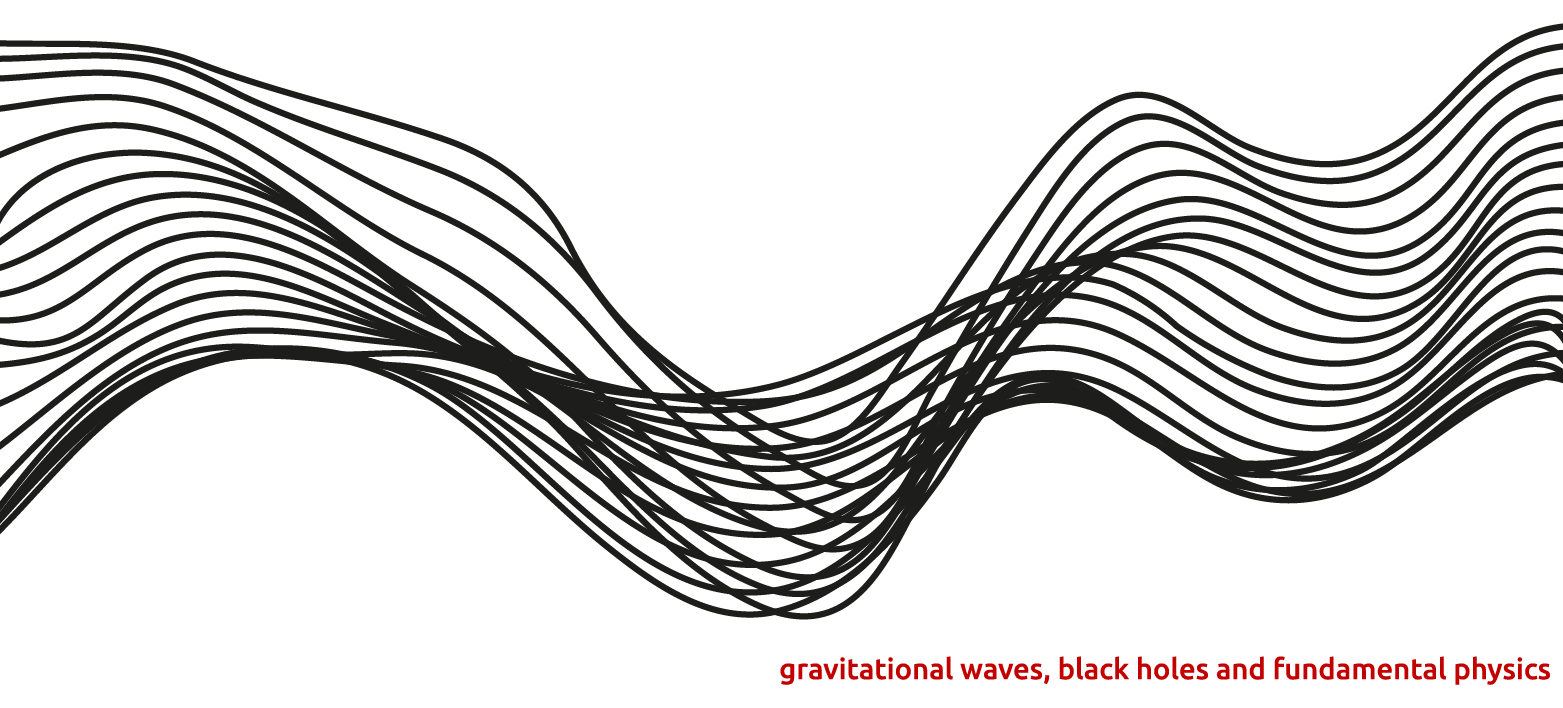
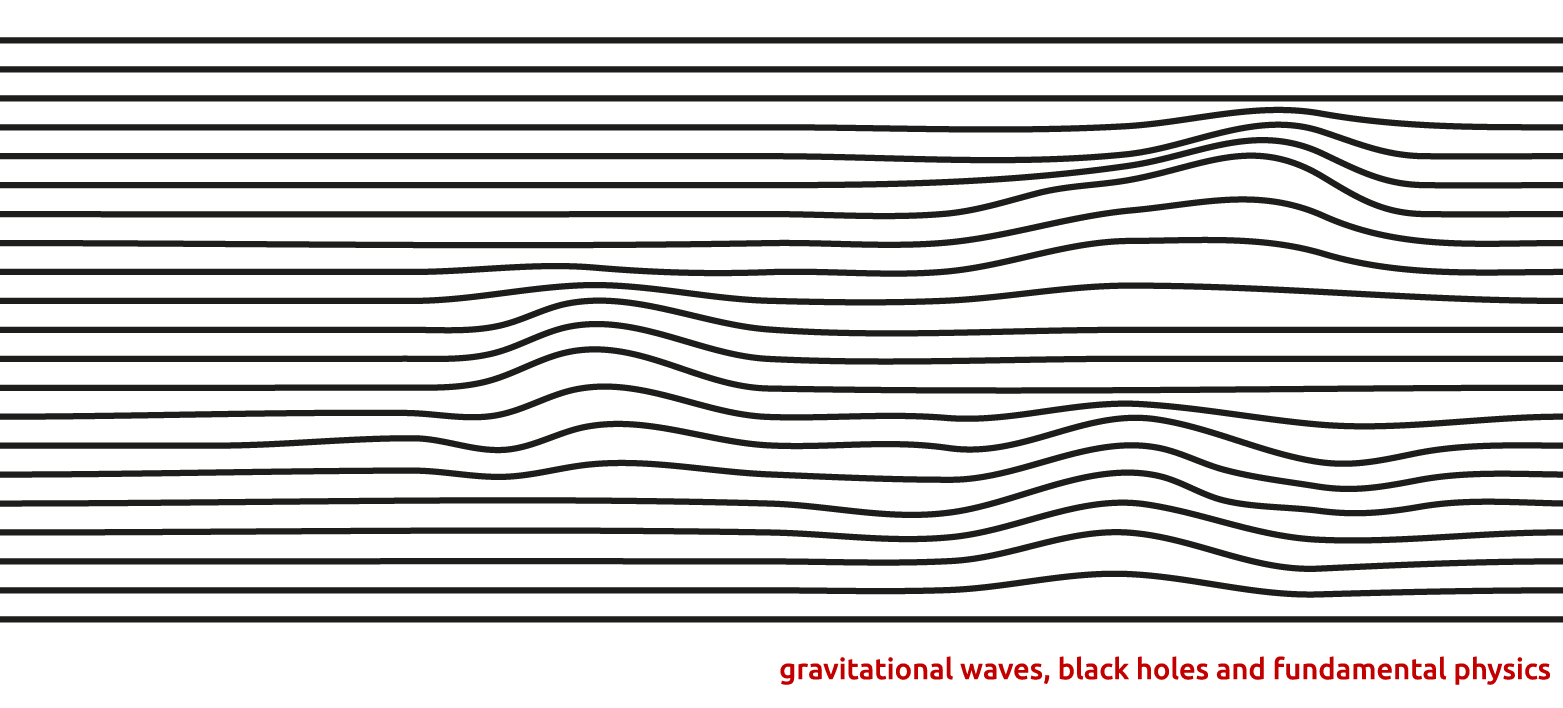
WG2: Source modelling
Led by Leor Barack <l.barack _at_ soton.ac.uk>
The remit of WG2 is broadly defined as the modelling of physical systems involving black holes within General Relativity. The focus is on the dynamics of inspiral and merger in black-hole binaries as sources of gravitational waves, and on the physics of strong-field black-hole interactions as probes of gravitational theory itself. Theoretical modelling is a crucial component in the experimental programme to detect gravitational waves: it underpins the science case for detector projects, informs design decisions, enables the detection of weak signals using matched filtering, and it is necessary for the interpretation and full science exploitation of detected signals. Specific topics of interest include (1) black-hole perturbation methods and self-force, (2) post-Newtonian and post-Minkowskian techniques, (3) Numerical Relativity (as applied to both the inspiral problem and to high-energy black hole collisions), (4) Effective and phenomenological models of binary inspirals, and (5) the impact on the data analysis problem for specific detector projects. WG2 aims to provide an element of coordination, and a channel of exchange, between the efforts of an already-very-active community of theorists working on black-hole modelling in Europe.
| Topic | Leader |
|---|---|
WG2a: Perturbation methods | Barry Wardell barry.wardell _at_ ucd.ie |
WG2b: Post-Newtonian & post-Minkowskian methods | Alexandre Le Tiec letiec _at_ obspm.fr |
WG2c: Numerical Relativity (astro) | Patricia Schmidt P.Schmidt _at_ astro.ru.nl |
WG2d: Numerical Relativity (HEP) | Ulrich Sperhake us248 _at_ maths.cam.ac.uk |
WG2e: Effective and phenomenological methods | Tanja Hinderer thinderer _at_ aei.mpg.de |
WG2f: Impact on data analysis problem | Jonathan Gair J.Gair _at_ ed.ac.uk |